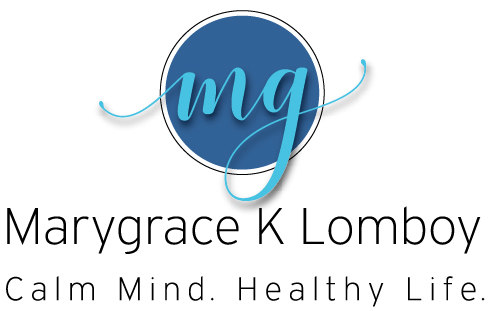It’s been difficult putting into words what I felt after I came home from work this past week. I believe it was sadness, maybe frustration, possibly helplessness…I am a nurse practitioner, specializing in palliative wound care and have been in nursing for the past 35 years. I’ve never had emotions run so deep as when I did wound rounds with four other nurses in a long term care facility this past week. The five of us were dressed in full PPE, as we walked into the patients’ rooms to access the wounds and do wound care for the day. We all surrounded the bed of each patient, and each patient looked up at us horrified. Some of the patients had dementia and were not sure what to make of all five of us standing around their beds looking like aliens in our masks, goggles, headgear, gowns, and gloves. I was struck with how hard I was working to make a connection with each of these patients and how each of them appeared frightened and confused, some just didn’t respond and looked the other direction. It was difficult trying to navigate wound care in full PPE— at one point, getting onto the ground to see a patient’s heel wounds with all of my gear on. My goggles kept slipping off my face, I had to change gloves several times to readjust them. The rooms were hot, I felt waves of anxiety during the visits of not being able to breathe. I had to pause several times to ground myself and take a few deep breaths to stay calm and focused. I remember leaving the facility, taking off my N95 mask, and breathing in that clear cool air and was so grateful for my breath.
Later that evening, I found myself feeling completely exhausted, physically, and emotionally. I wasn’t able to talk about what I had experienced that day, possibly because I didn’t even know how to describe the emotions I was feeling, or I hadn’t been able to process it yet. This was a layer of the COVID crisis that we haven’t heard much about as of yet. The dementia hospice patient…alone, confused and fearful, and not able to understand what is happening. The media has exposed us all to the horrific scenes of ERs and ICUs with staff scrambling to provide care to the sickest COVID patients, but there is also a large portion of our patients who are also sick, very isolated, along with all of this, have dementia.
How do we, as nurses, manage our own feelings, anxieties, and emotions, while still trying the best we can to connect with some of our most vulnerable patients? I found the biggest help that day was to pause and acknowledge my own fears and my frustration at the situation. Processes and procedures are evolving rapidly, and it’s a challenge for all of us to adapt. Being kind to ourselves, showing self-compassion, and being gentle with ourselves is really important right now. This is not the time to be self-critical and judging of ourselves. We are trying the best that we can to show up and give the best care we can for our patients. Taking the time to acknowledge what you are feeling, and possibly saying to yourself, “this is difficult right now,” or “this is suffering, but it will get better.”
As we are in our full PPE, it is really important to speak to our patients with extra care, perhaps slower and a bit louder, giving them ample time to respond to our questions, without having them feel rushed. They can’t see our lips moving and our voices are muffled with our masks, in addition to this, they may have loss of hearing. It’s important to try to make a connection with each patient— maybe sharing stories, talk about their life, and find out one or two things about them prior to the visit to discuss during the visit. I found that that element of touch is still very important. Even with a gloved hand, touching their arm and holding their hand still provides that incredibly important human component to the visit.
It’s important to remember when caring for the dementia patient during this time that they may be confused, overwhelmed, and simply unable to communicate what they are feeling or what they need. It’s imperative that we take the time to calm our own nervous system first, to ask ourselves, “what do I need right now?” to show up the best we can for our patients in a calm, compassionate manner.
I’m inspired every day watching our nurses do what they do best for our patients…caring deeply. But there is a cost for caring…this situation is unlikely going to be a sprint to the finish line, it will most likely be a marathon. This may be our new norm, so caring for ourselves to better care for others is essential.

